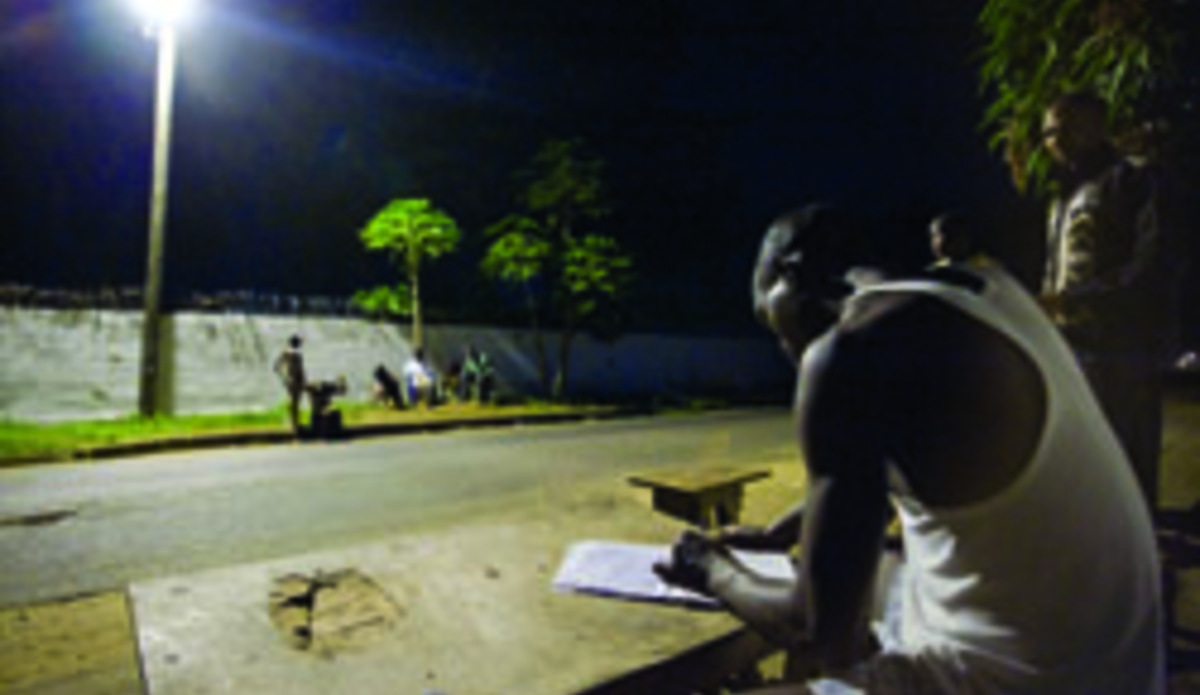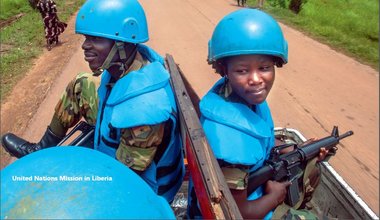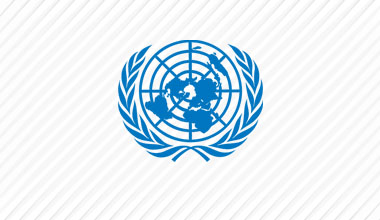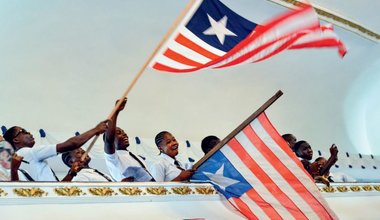Liberia’s Peace Showcased at Cambridge
Browsing Facebook back in August, I was greeted with a stark photograph of a young man doing homework under the glow of a newly installed street light in the Liberian capital, Monrovia. I clicked on the next image -- grinning children on a swing. Next, a policewoman shines out from her patrol on the Old Road; child soldiers hand in weapons in Tubmanburg; and the baby of a returning refugee is handed down from a truck. There were many more dramatic images on the slide show - shared on the social network by the United Nations Mission in Liberia. It was titled “10 years of Peace”. I “liked” it. It’s rare to see such images of peace. Each photograph illustrated a powerful back-story of recovery – and together they plotted a credible and inspiring path to peace. My knowledge of Liberia doubled in five minutes.
A month later, on the International Day of Peace, those same images were the subject of discussion at The Centre of African Studies at Cambridge University. Now framed and hanging at the Centre, it was interesting to gauge people’s reactions. At a reception for the event, a group of research fellows, academics and artists had assembled and although many of them were African, they also confessed to having no prior knowledge of Liberia. One touching observation, “This shows Liberians’ path to peace by Liberians…it is Africans who have made peace here”. True - although the photographs had been taken by United Nations photographers, the presence of the UN was distinctly low key.
An image of “peace” is hard to pin down. The war artist easily captures a shocking, dramatic moment – as does the war journalist. But the peace artist or reporter is left to document a mere void: the absence of violence. And whilst the absence of violence has been captured so well in the series of images from Liberia – it is too often conveyed with rainbows, doves and pastures green. There may be space then for a new movement of “development” artists and photographers.
This exhibition begins with child soldiers handing in their weapons in Tubmanburg and the final image is of Liberian troops preparing to go to Mali to contribute to the peace-building mission there. It is a fitting book-ending of the decade and a powerful illustration of what peace can actually look like.
The writer is the Director of Cambridge International Arts and a University Lecturer specialising in Conflict & Communications
 UN
UN United Nations Peacekeeping
United Nations Peacekeeping





